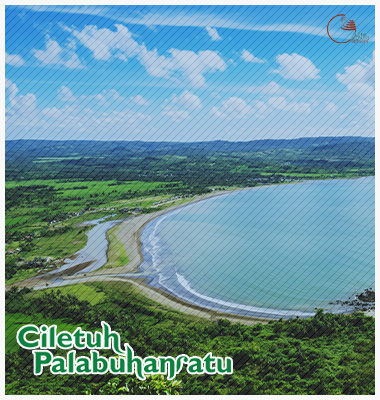Description
The Ciletuh-Palabuhanratu Geopark has an area of 126,100 hectares or 1,261 km2. Covering 74 villages, in 8 sub-districts namely Ciracap, Surade, Ciemas, Waluran, Simpenan, Palabuhanratu, Cikakak, and Cisolok Districts. Ciletuh Geopark was designated as a National Geopark by the Indonesian National Geopark Committee (KNGI) together with the Indonesian National Committee for UNESCO (KNIU) on 22 December 2015. Geopark expansion and name change became Ciletuh-Palabuhanratu inaugurated by the same committee on 21 June 2016 and designated as a UNESCO Global Geopark on 17 April 2018 with the geopark theme "Subduction Fossil, Plato Jampang, Magmatic Path Shift".











